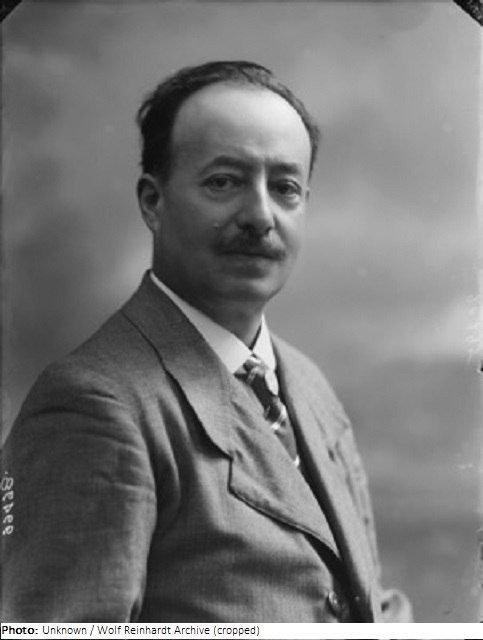Giuseppe Cassioli

Biographical information
| Roles | Competed in Olympic Games |
|---|---|
| Sex | Male |
| Full name | Giuseppe Ottavio Angiolo•Cassioli |
| Used name | Giuseppe•Cassioli |
| Born | 26 October 1865 in Firenze, Firenze (ITA) |
| Died | 5 October 1942 in Firenze, Firenze (ITA) |
| NOC |  Italy Italy |
Biography
Giuseppe Cassioli was an Italian painter and sculptor. Born in Firenze in 1865, he was the son of Lucrezia Chiari and the renowned Siena artist, Amos (1832-92), and originally lived in Asciano. Giuseppe developed his artistic talents in the 1880s. His father Amos was known for his paintings but Giuseppe focused on sculpture. He was trained by the sculptor Tito Sarrocchi. His religious works in particular were based on Renaissance art.
In 1888, the right-side bronze door of the Duomo Santa Maria del Fiore in Firenze was commissioned to Giuseppe Cassioli, a work that took a long time due to the death of his father Amos and economic difficulties. The door was officially inaugurated in June 1899, with unanimous consent and appreciation. In that work, Cassioli placed his own self-portrait, as one of the heads of the right door knocker, in which he is represented, for all the difficulties encountered during production, as emblematically suffocated by a snake. The Duomo portal represents the apex of his sculptural production.
Cassioli then expressed himself in the plans and realizations of the funeral monument to Gioacchino Rossini in the church of Santa Croce in Firenze (1902), in the monumental altar of the church of Christchurch in New Zealand (1916), and in the sculptural elements of the neo-Gothic facade of the Cathedral of Arezzo. In painting, he decorated the dome of the basilica of San Luca in Bologna, completed in 1932; the rooms of the Stock Exchange Palace of Odesa; and the internal decorations in the church of the Sette Santi Fondatori in Firenze, executed between 1927 and 1934. His studio was in Firenze, where he collaborated with his son Giuseppe Amos, born in 1901 from his marriage to Chiara Lardori.
Cassioli later worked as a medallist, especially those designed and created in honor of the writers Edmondo De Amicis and Giosuè Carducci (Nobel Prize 1906), but above all by winning the competition that the IOC launched for the design of the Olympic Medals in 1923. He then created the medals, of which the obverse side was used from 1928-2000. Only the Olympic host and the number of the Olympiad were updated. The reverse side was used from 1928-68, until the 1972 München Olympics became the first Games with a different design for the reverse side of the medal. His medal, which originally had the title Trionfo, had a diameter of 55 mm and a weight of 65-74 grams, depending on the alloy. The embossing sticks are still preserved. Cassioli’s signature “GC” can be seen on the back. Although Cassioli only took part “hors concours”, he received a diploma similar to the awarded artists.
Widowed for some time (his wife died very young at only 36 years) Cassioli continued working for 15 years, always accompanied by his son until his own death in October 1942. Buried in Firenze in the Monumental Cemetery, in the 1960s the family decided to transfer the artist’s remains to his hometown of Asciano, where he remains. Since the 1990s the town of Asciano has set up a small museum to remember the extraordinary life of this artist and his father Amos.
Results
| Games | Discipline (Sport) / Event | NOC / Team | Pos | Medal | As | |
|---|---|---|---|---|---|---|
| 1928 Summer Olympics | Art Competitions |  ITA ITA |
Giuseppe Cassioli | |||
| Sculpturing, Medals And Reliefs, Open (Olympic) | ||||||
| Sculpturing, Medals And Reliefs, Open (Olympic) |